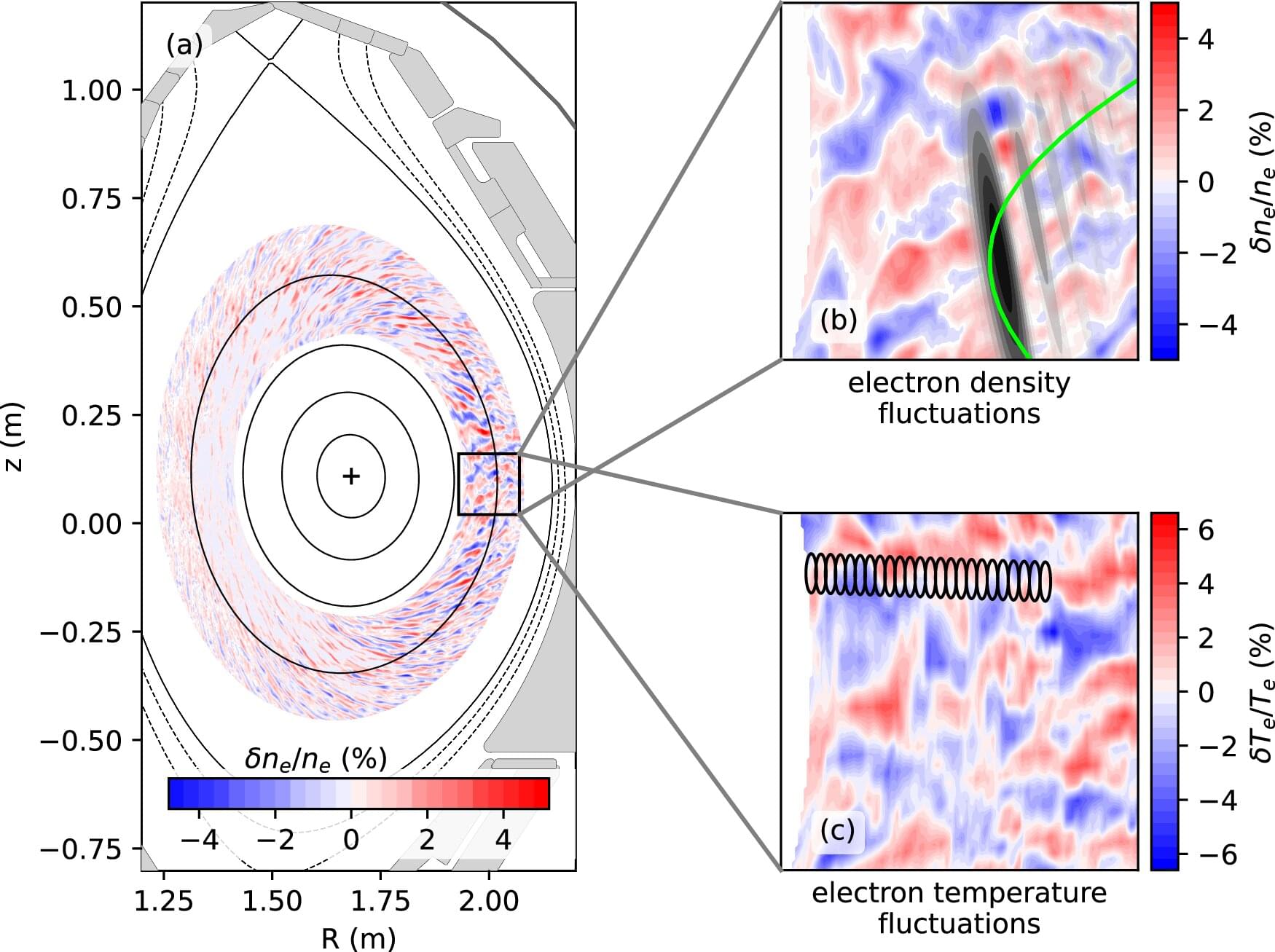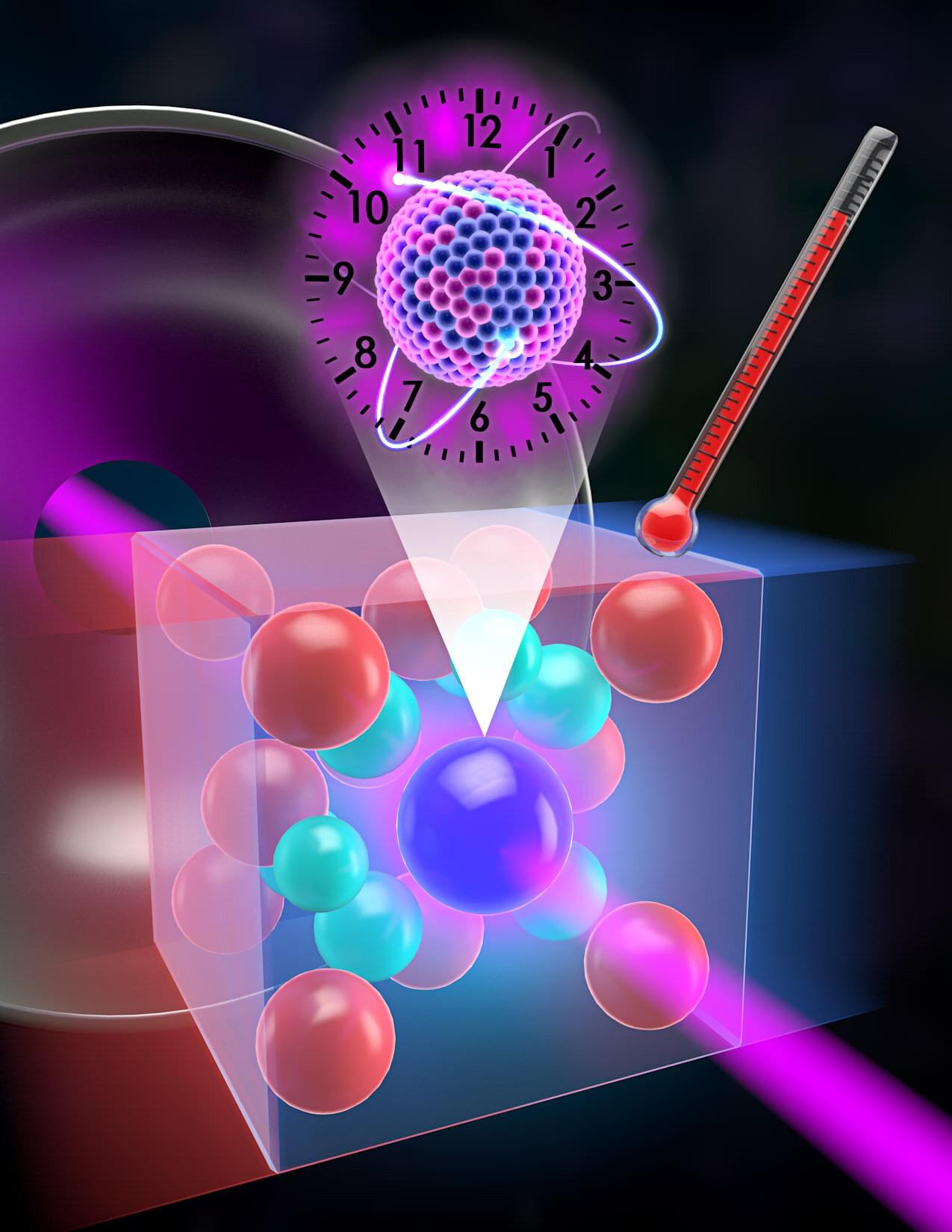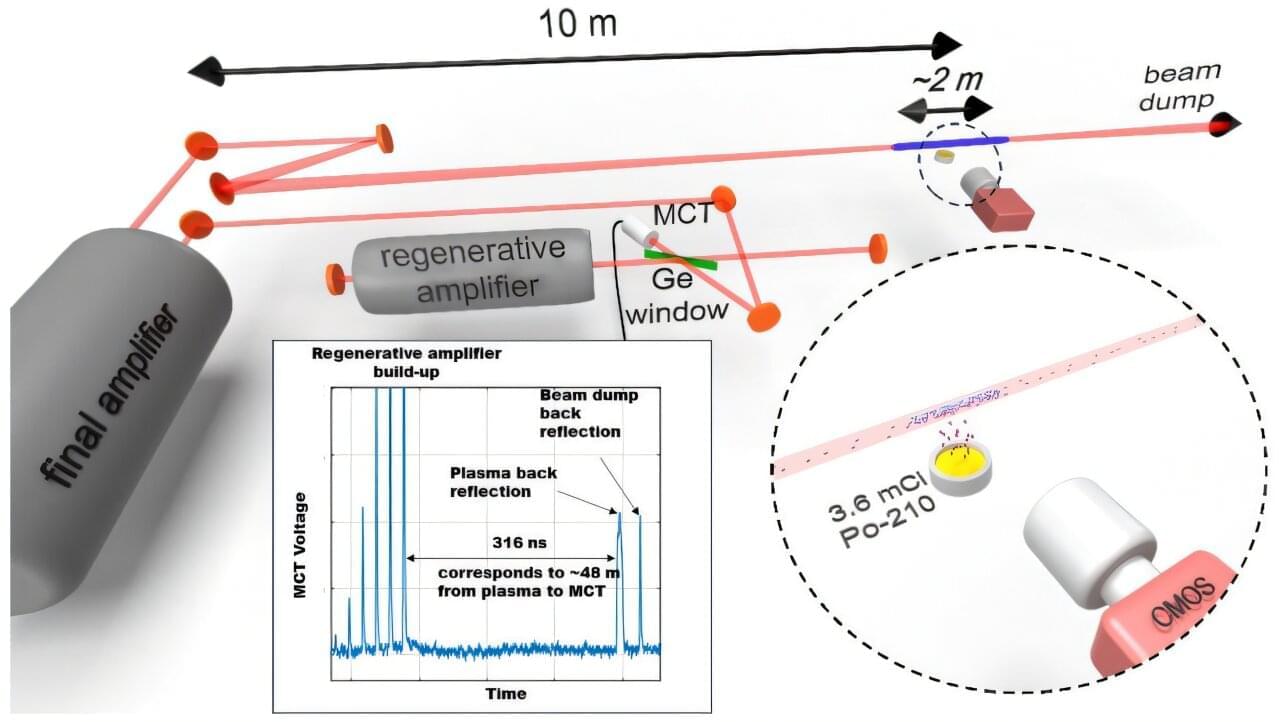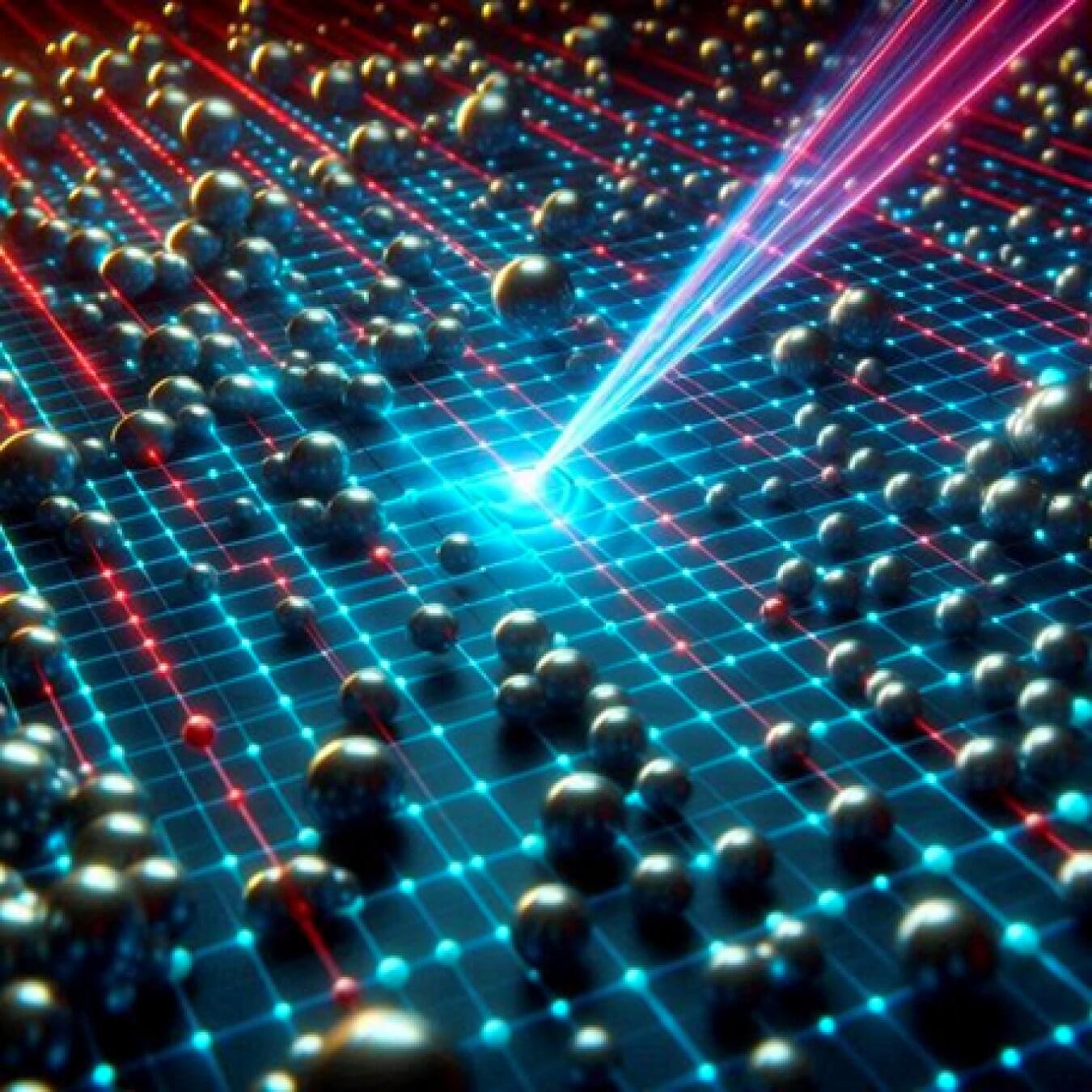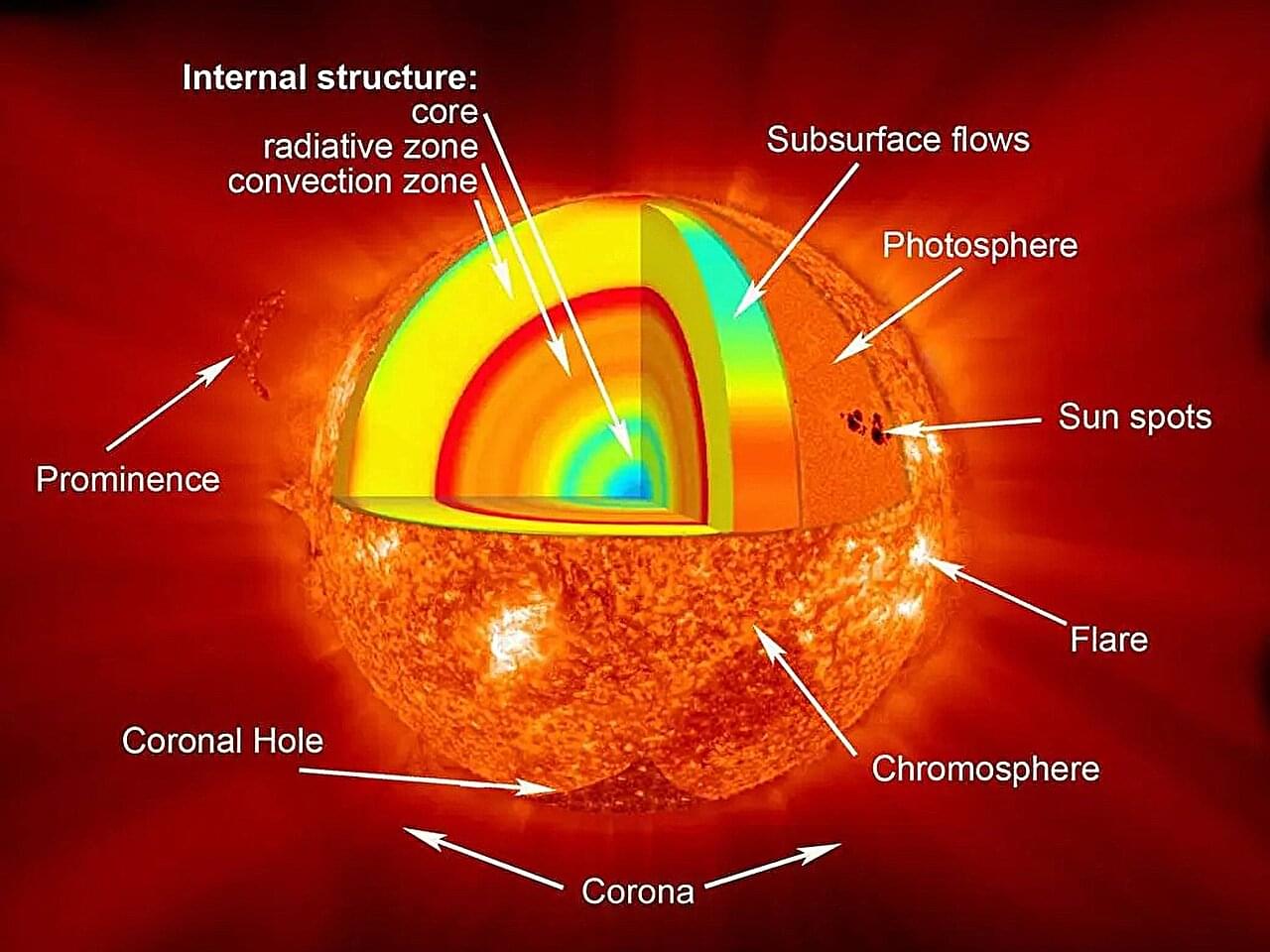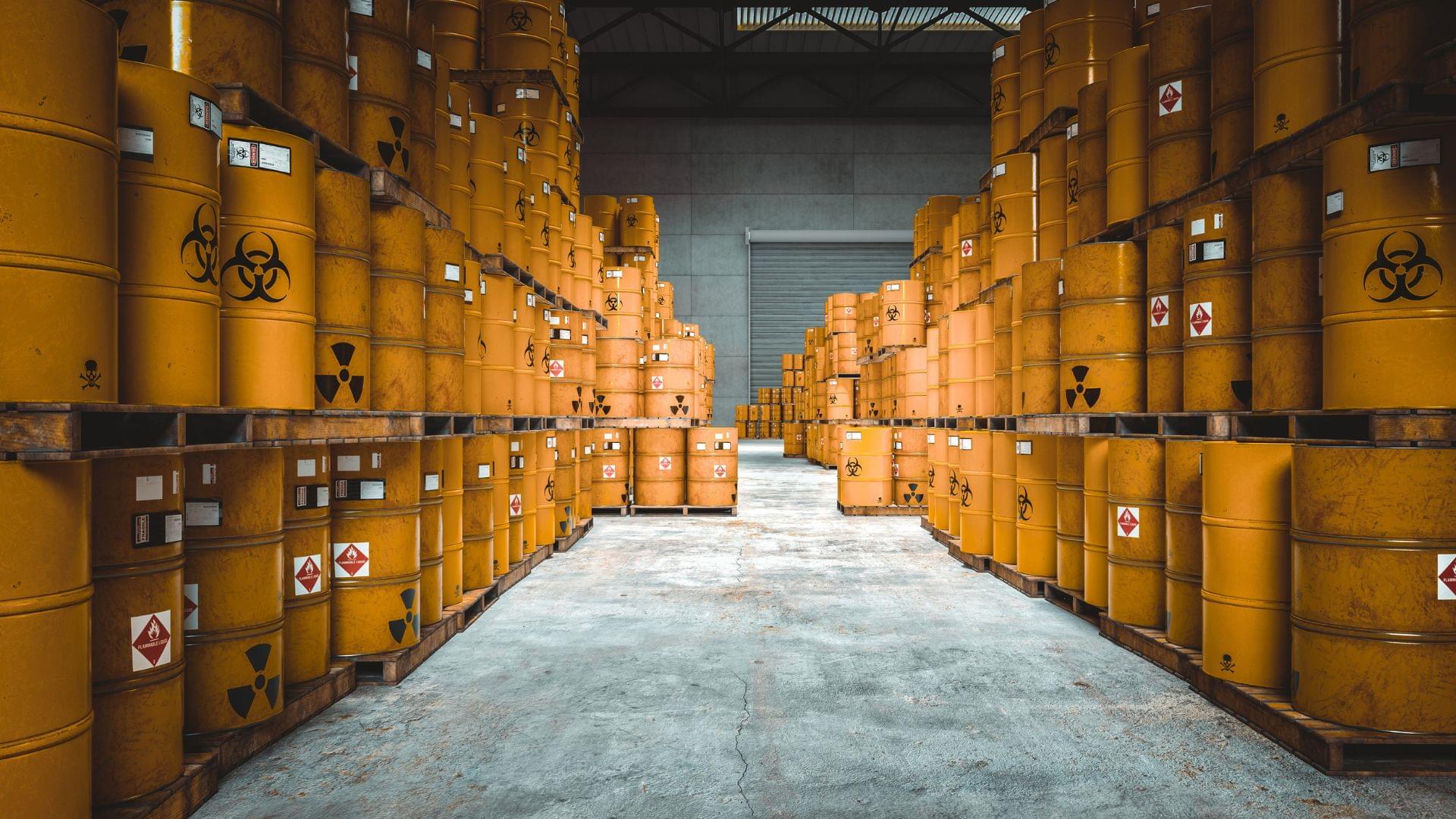In a comprehensive experimental study, an international team of researchers has confirmed the calculations of a leading turbulence simulation code to an unprecedented degree. This marks a major breakthrough in understanding turbulent transport processes in nuclear fusion devices.
The study has now been published in the journal Nature Communications and lays a crucial foundation for predicting the performance of fusion power plants.
Future fusion power plants aim to generate usable energy efficiently by fusing light atomic nuclei. The most advanced approach—magnetic confinement fusion—confines a plasma, a gas heated to millions of degrees Celsius, within a magnetic field. This plasma is suspended without wall contact inside a donut-shaped vacuum chamber.
